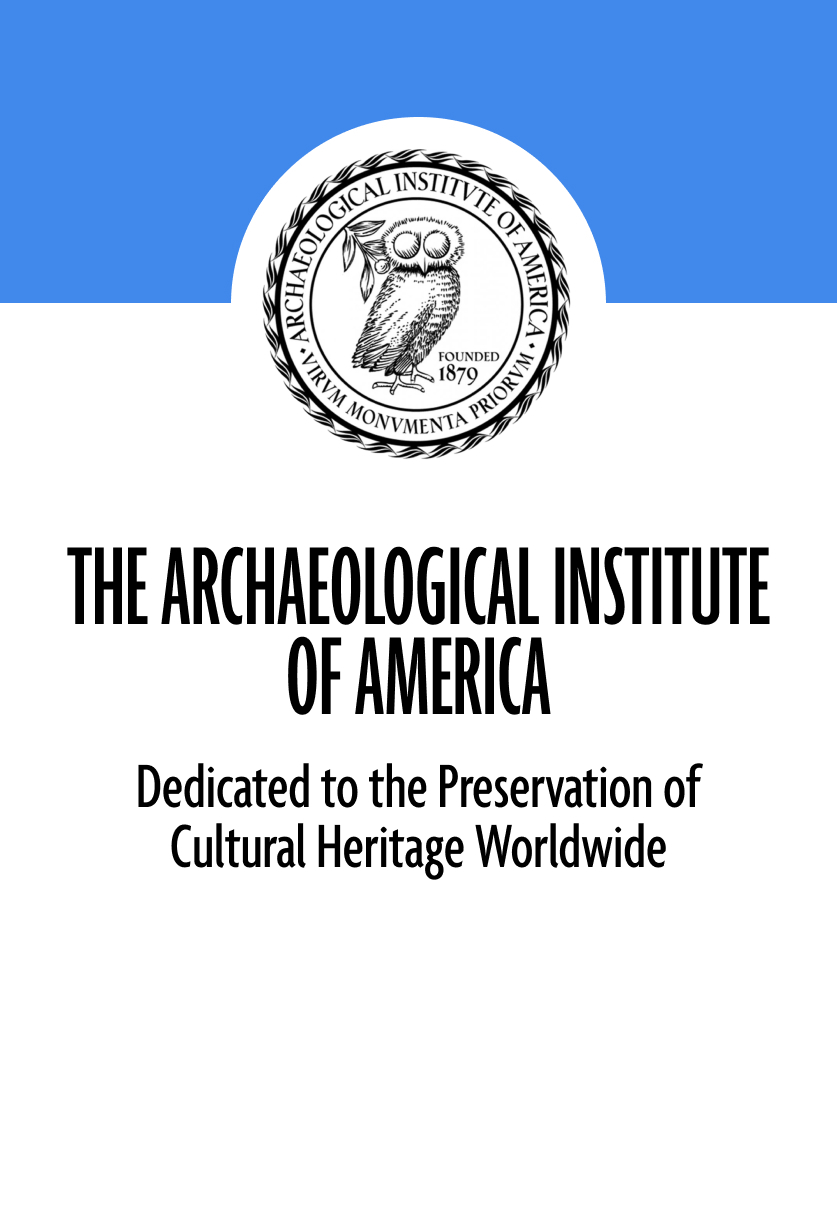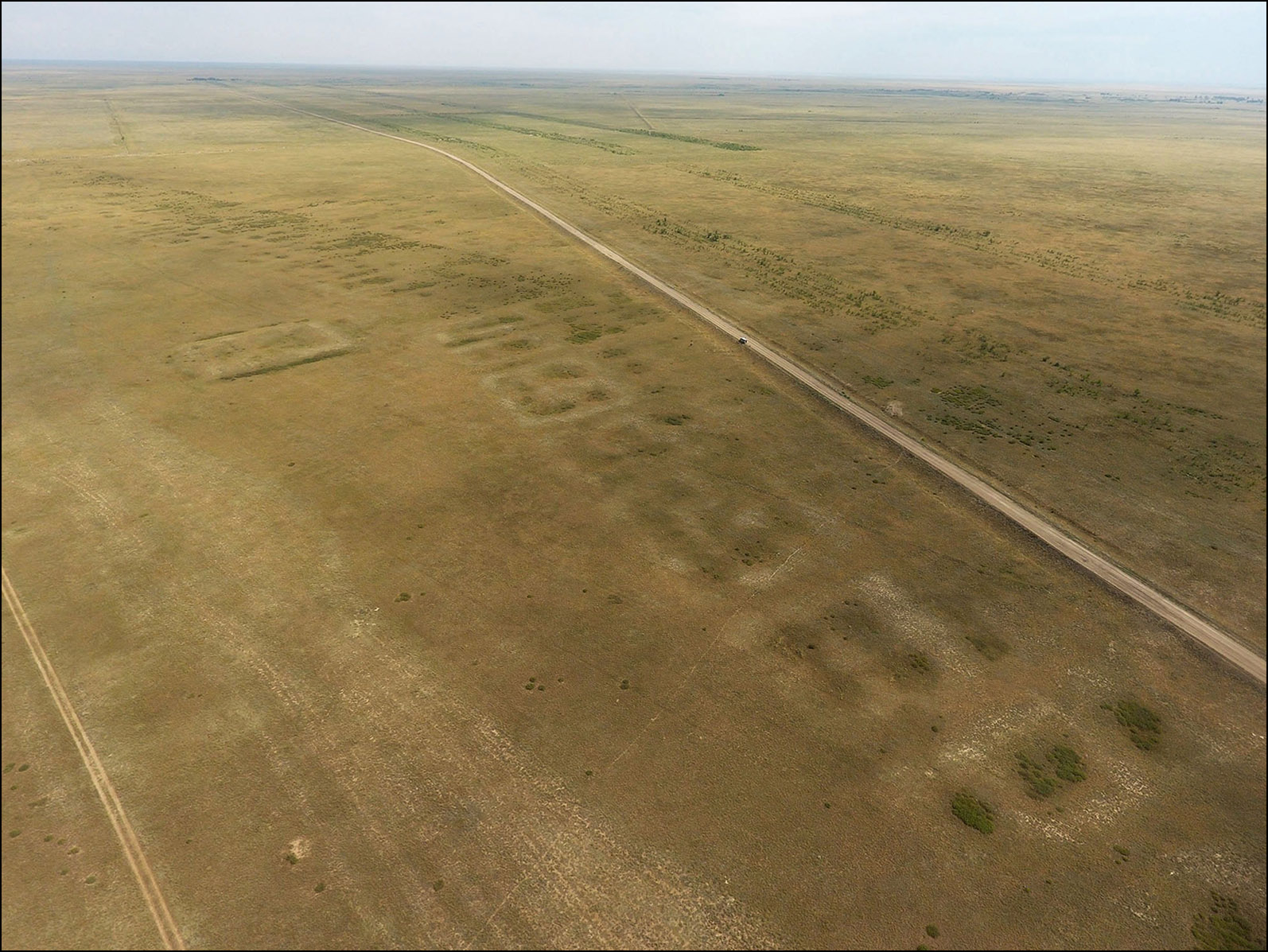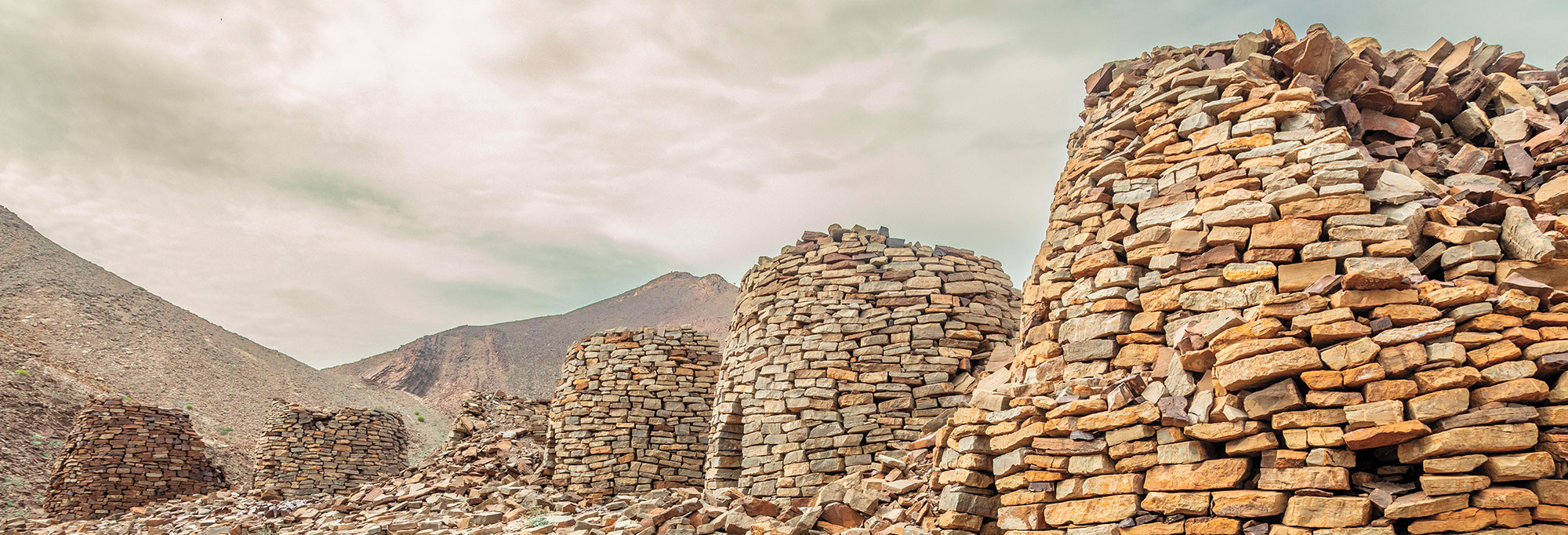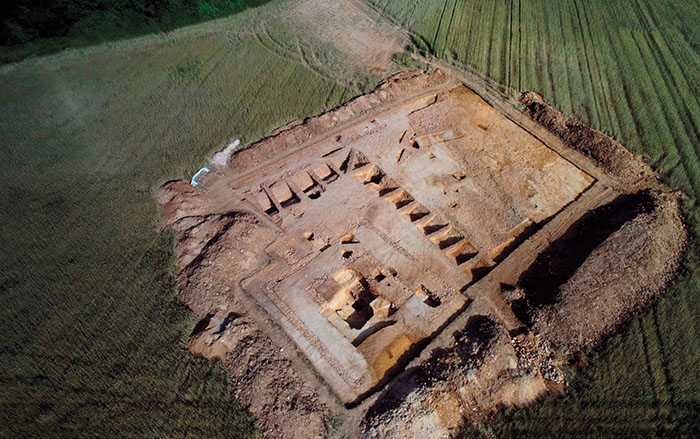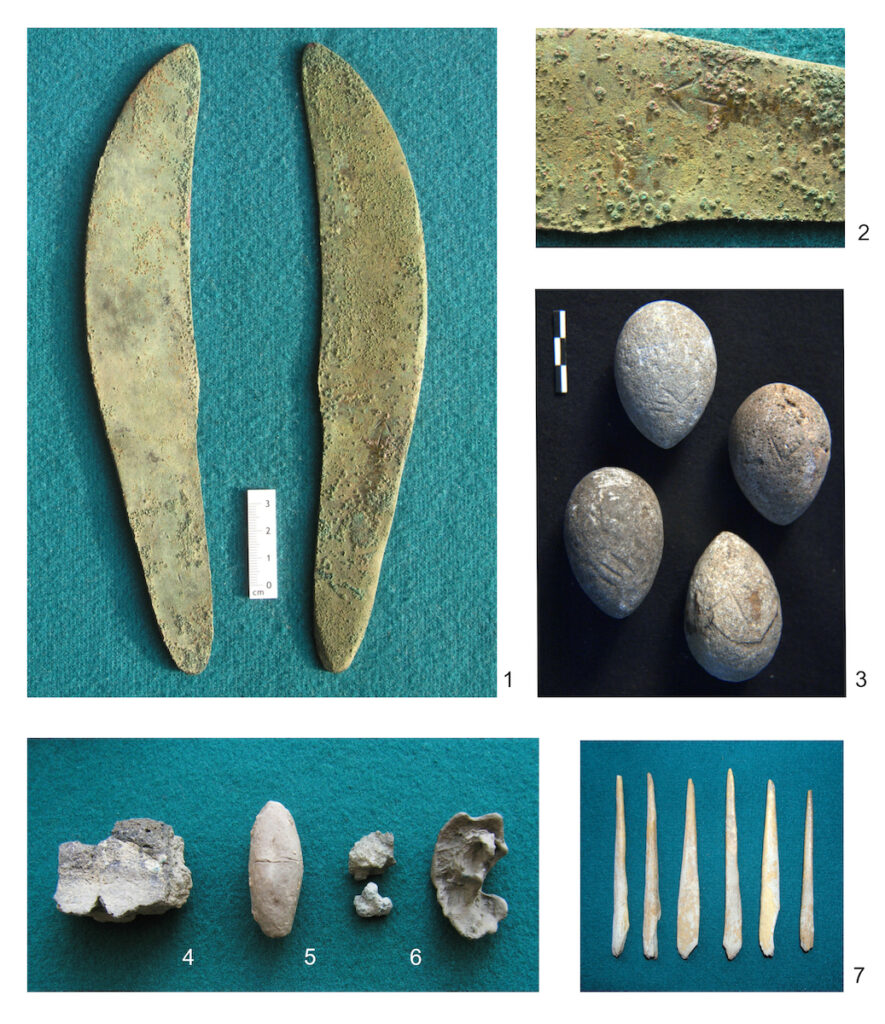
DURHAM, ENGLAND—According to a statement released by Durham University, a Bronze Age settlement has been identified in northeastern Kazakhstan by a team of researchers from Durham University, University College London (UCL), and Toraighyrov University. Called Semiyarka, the site is situated near the Irtysh River and copper and tin deposits in the Altai Mountains, making it a possible regional center for large-scale bronze production more than 3,500 years ago. At the center of Semiyarka, the excavation uncovered a large building that may have served as a communal or ceremonial space. Rows of rectangular earthen mounds are thought to have functioned as multiroom dwellings. An industrial zone featuring crucibles, slag, and bronze artifacts was found on the settlement’s southeastern edge. "Semiyarka changes the way we think about steppe societies," explained UCL archaeologist Miljana Radivojević. “It shows that mobile communities could build and sustain permanent, organized settlements centered on a likely large-scale industry—a true ‘urban hub’ of the steppe.” Read the original scholarly article about this research in Antiquity. To read about 2,700-year-old burials in eastern Kazakhstan's Tarbagatai Mountains, go to "Iron Age Teenagers."
